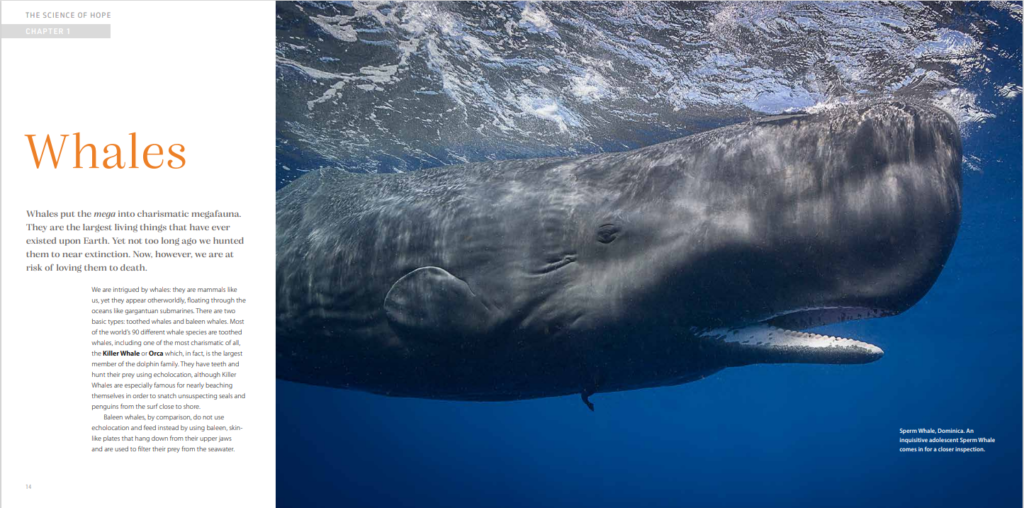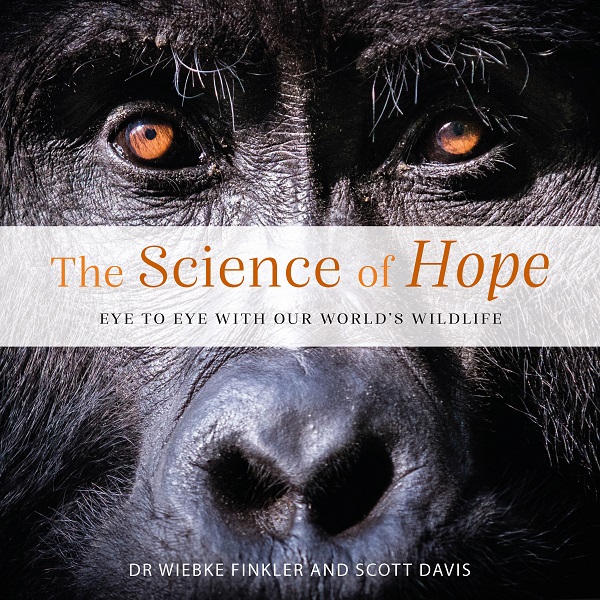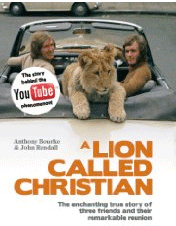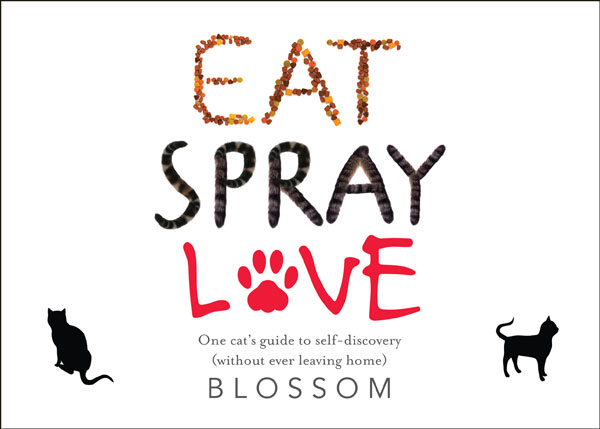A new book exploring the success of conservation efforts across the globe aims to empower people to make a difference rather than be paralysed by environmental ‘hopelessness’.
The Science of Hope – Eye to Eye with our World’s Wildlife catalogues fifteen of what author Dr Wiebke Finkler calls ‘charismatic species’ from around the globe with leading conservationists in their field explaining their programs and their hope for the future.
‘People who feel there is nothing they can do, or nothing that can be done tend to look the other way,’ she says. Her goal is to make people feel empowered to make a difference in their ‘own backyards’.
Dr Wiebke argues that there are many positive stories about people who are making a difference. In ethical tourism encounters, where people can see first-hand the wonder of biodiversity, is where she believes hope lies.
While she wants to be clear about acknowledging existing environmental and conservation crises, she believes ‘it is more important to promote the fact that human actions can and do make a difference.’
Featuring incredible photography, the book is also full of interesting facts: Monarch butterflies’ migration of 4,800 kilometres is multigenerational (taking two to four generations to complete); the koala’s closest relative is the wombat; a Sea Otter’s fur is the densest on earth with an estimated one million hairs per square inch.

Some of the conservation projects include a genetic technology that identifies a species of interest, and community-designed marine management and community-owned sanctuaries for local connections to, and care of, wildlife. The species covered include kangaroos, elephants, whales, sharks, giraffes, great apes and penguins.
Dr Wiebke’s theory is that ‘people tend to protect and restore the natural world when they feel connected with nature’. When running the Adore Animals Foundation, we used to see this first-hand. Up-close animal encounters were more effective in calling people to action.
Will people feel connected enough through this book? One can only hope so. At the very least, it may start a conversation and encourage people to get involved.




